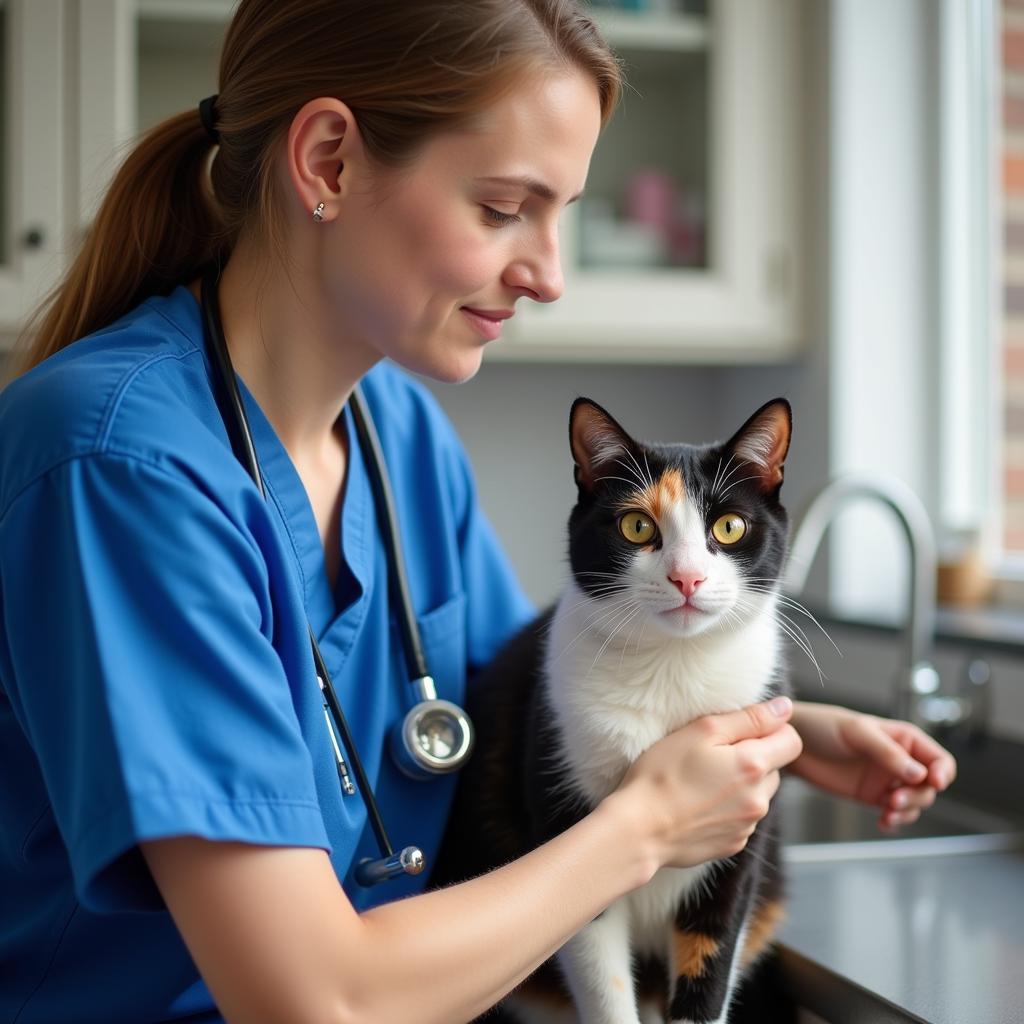When searching for a new furry friend, many animal lovers wonder, “Is The Humane Society A No Kill Shelter?” Understanding the answer to this question requires a closer look at what these terms truly mean and the different policies various shelters adopt.
Defining “No Kill” and Open Admission Shelters
The term “no kill” is often misunderstood. While it evokes a positive image of every animal finding a home, the reality is more nuanced. A true “no kill” shelter typically has a live release rate of 90% or higher. This means they commit to only euthanizing animals in extreme circumstances, such as severe medical conditions or untreatable aggression. These shelters often have limited space and resources, which may lead to waitlists for surrendering pets or stricter adoption criteria.
Conversely, open admission shelters, like many Humane Societies, accept every animal that comes through their doors, regardless of health, temperament, or breed. This open-door policy reflects a deep commitment to animal welfare but also presents significant challenges.
 Open Admission Shelter Dogs
Open Admission Shelter Dogs
The Humane Society’s Mission: Compassion and Care
The Humane Society of the United States (HSUS), a leading animal welfare organization, advocates for a compassionate approach to animal sheltering. While not every shelter operating under the Humane Society name is “no kill,” they share a common goal: to find loving homes for as many animals as possible while minimizing euthanasia.
“Our focus is on providing the highest quality of care for animals in need, regardless of their background,” says Dr. Emily Carter, a veterinarian with extensive experience working with animal shelters. “We strive to create a safe haven where animals receive medical attention, behavioral support, and, ultimately, a second chance at a happy life.”
Factors Influencing Euthanasia Rates
Several factors contribute to euthanasia rates at animal shelters, including:
- Overpopulation: Sadly, there are far more animals entering shelters than there are homes available.
- Lack of Resources: Shelters often operate with limited funding, staffing, and space.
- Medical Needs: Animals with severe health issues may require costly treatments or, in some cases, humane euthanasia.
- Behavioral Challenges: Animals displaying aggression or severe anxiety may be deemed unsuitable for adoption.
 Veterinarian Examining Shelter Cat
Veterinarian Examining Shelter Cat
How You Can Make a Difference
While the ideal of every shelter being “no kill” is admirable, the reality necessitates a multifaceted approach. Here’s how you can contribute to a more humane future for animals:
- Adopt, Don’t Shop: Choosing to adopt from a shelter or rescue organization directly saves a life.
- Spay and Neuter: Preventing unwanted litters is crucial in addressing the root cause of shelter overpopulation.
- Volunteer or Donate: Shelters rely heavily on the generosity of volunteers and donors to continue their life-saving work.
- Be a Responsible Pet Owner: Providing proper care, training, and socialization for your pet can help ensure they remain happy and healthy members of your family, reducing the number of animals entering shelters.
Finding a Humane Society Near You
Interested in supporting your local Humane Society? You can find a wealth of resources and information on their websites, often including:
- Adoption listings: Browse adorable animals waiting for their forever homes.
- Volunteer opportunities: Discover ways to donate your time and skills.
- Donation information: Make a financial contribution to support their vital work.
For instance, you can learn more about specific humane societies, like the Flagler Humane Society, the Spartanburg Humane Society, the Humane Society of West Alabama, the Humane Society in Daytona, or the Riverbluff Humane Society, to find out their specific policies and how you can help.
A Shared Responsibility
Creating a world where every animal has a loving home requires collective effort. By understanding the complexities of animal sheltering and supporting organizations like the Humane Society, we can make significant strides towards a more compassionate future for all creatures.
When we choose compassion and actively participate in solutions, we pave the way for a brighter future for animals in need. Let’s work together to make “no kill” not just a goal, but a reality for every deserving animal.